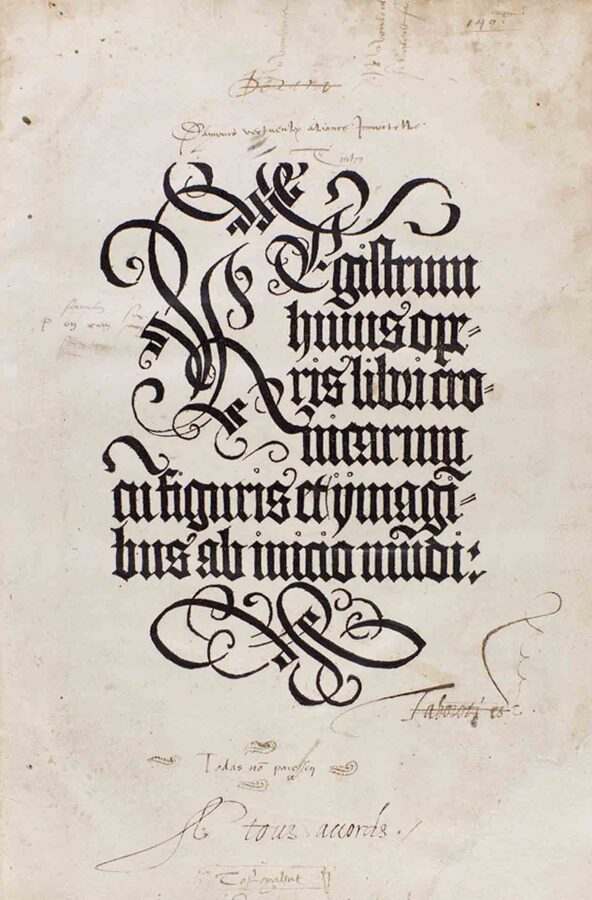Translation of the Nurenberg chronicle
/ Mosurinjohn S.C., Ascough R. The Nuremberg Chronicle: Art, Artefact, and the End of the World // QUEEN’S QUARTERLY 127/3 ( FALL 2020) pp. 439 - 459 /
 The title page of the Nuremberg chronicle
The title page of the Nuremberg chronicle
(https://www.vassar.edu/specialcollections/exhibit-highlights/2011-2015/nuremberg-chronicle/)
If woken up in the middle of the night and asked about it, certainly all of us could state at least a few most prominent facts - that Nuremberg Chronicle can be considered to be the first printed encyclopedia [1], that it is famous for its nearly two thousand woodblock illustrations in the creation of which also the young
Albrecht Dürer
probably
participated. That it is otherwise quite an obscure book dealing with bible stories, history, geography, and whatnot...
...And for those who aren't native Latin speakers and those not so well versed in German it ends more or less about there. No matter that since the first print of the chronicle in 1493 shiploads of paper might have been spent to describe, contextualize and analyze it , the very essence of this pivotal artifact remains hidden for us. It is indeed a pivotal work, this encyclopedia, for if we might read and absorb the knowledge and views it provides we would unlock, so to speak, the mindset of well read renaissance man. Invaluable gain not only to the historians devoted to this era, but even more so to the enthusiasts of living history.
Then what a luck, that indeed we have it translated for such as us! Here it is, the English translation, and even better - with comments:
https://archive.org/details/NurembergChronicleTranslatedInEnglish/mode/2up
A clumsier digital version of the same translation text with the same comments:
https://digicoll.library.wisc.edu/cgi/t/text/text-idx?c=nur;cc=nur;view=toc;idno=nur.001.0004
Reader will notice from the very first pages in the Nuremberg Chronicle the stark difference between our modern day schoolbook fast - forward kind of history doctrine and the on-ground reality testified by this text.
It is not that one fine day at the dawn of Quattrocento Europeans proudly demonstrated their collective digitus infamis to the Godhead and then at last proudly lift eyes at the humanism, exact sciences and new glorious era of arts. It is, in contrary, a perfect balance to what this book attest, between flourishing faith, humble self respect, yearnings for exact and clear knowledge and dreamy mist of legend and tale. A balance in which without harm the opposites brings forth fullness. A balance that is so much lacking in our own era, a balance, that probably made the renaissance what it was, and maybe the lack of which makes our era what it is.
[1] If we count the Isodore's of Seville
Etymologiae, composed around the year 600 and first time published in print in
1472, as one belonging to a different league than the renaissance creation described here.

The work of the sixth day. Folio V recto of the Nuremberg chronicle
https://collections.artsmia.org/art/76118/the-sixth-day-of-creation-michael-wolgemut